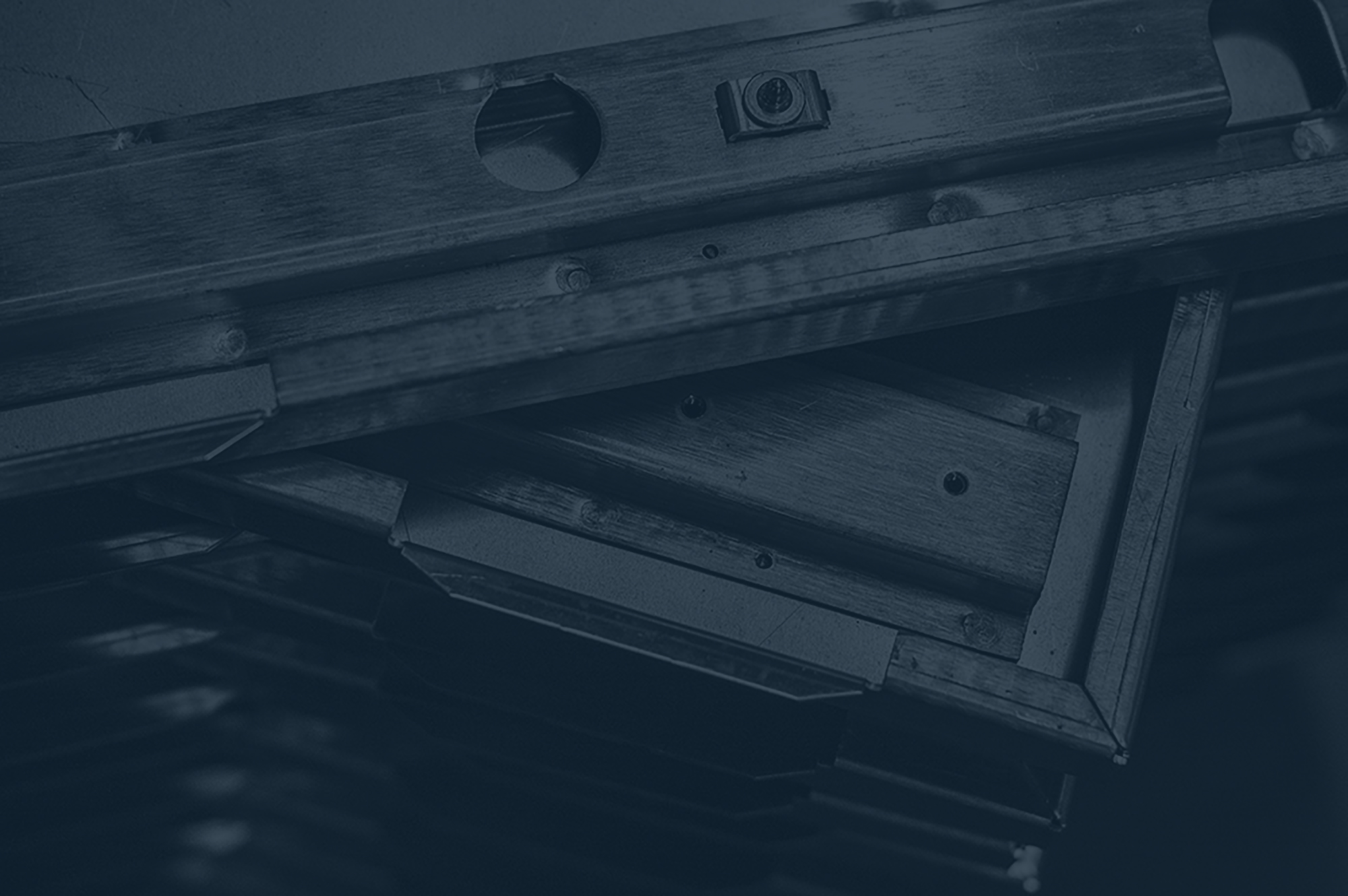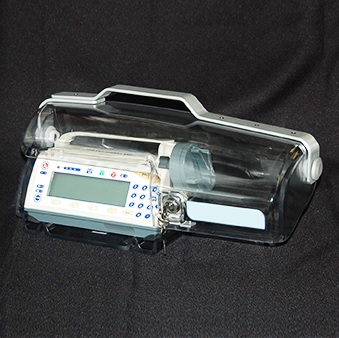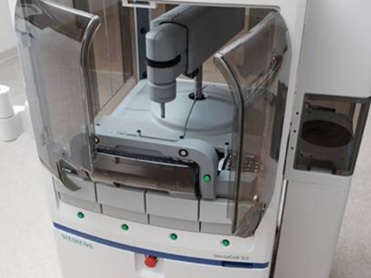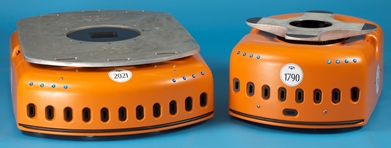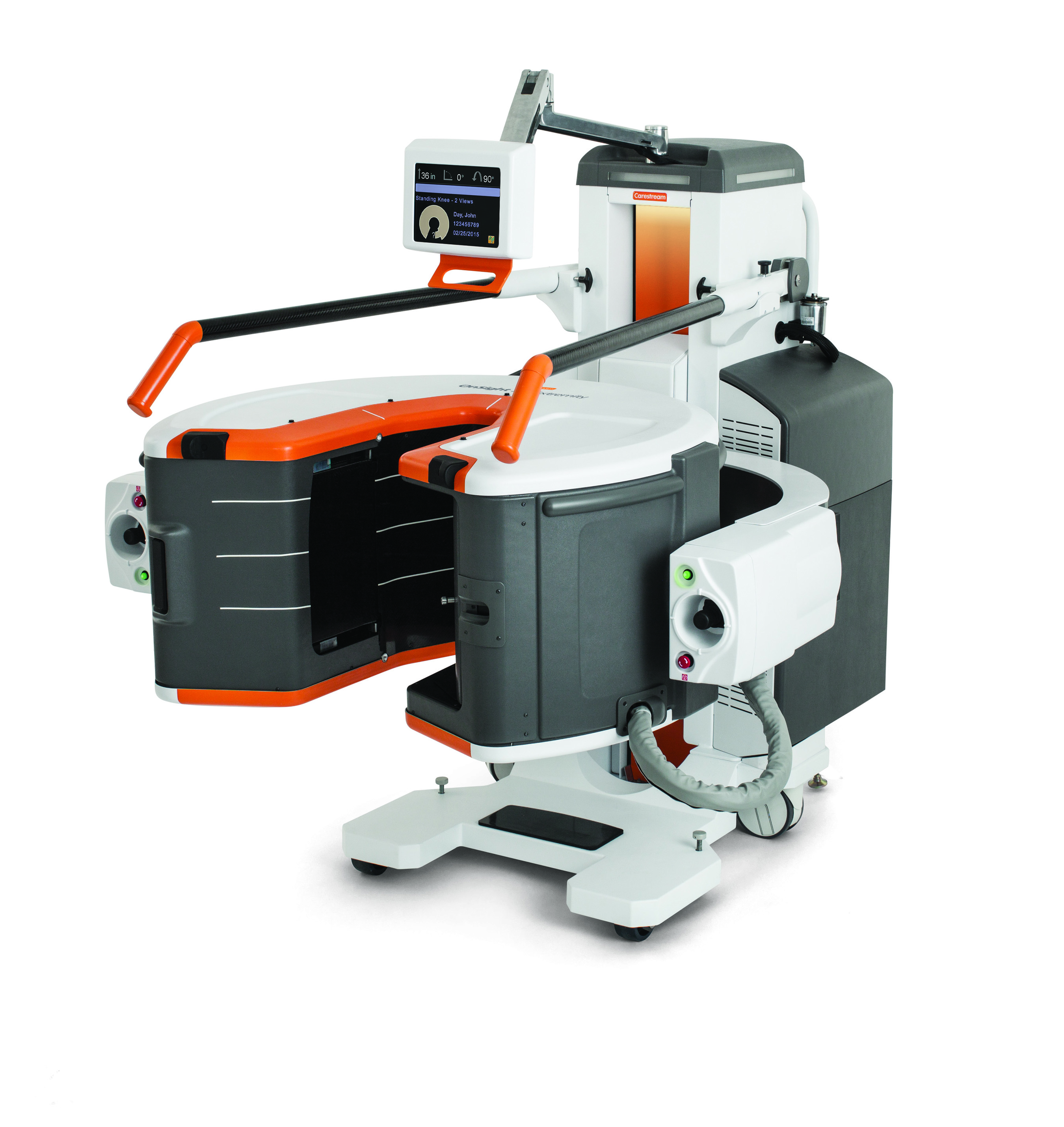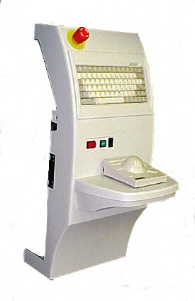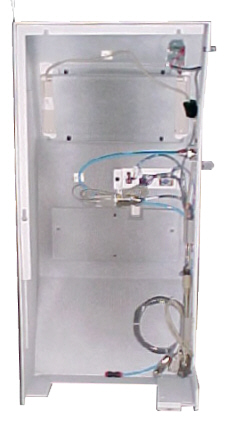Thermoforming or Vacuum Forming, uses an extruded sheet of thermoplastic. The sheets are individually heated to make them malleable. They are then drawn over a mold half to replicate the surface of the mold. Unlike injection molded parts, thermoformed components have molded in details on only one side of the component. Bosses and ribs are typically added as a part of a secondary bonding operation.
A vacuum is used to pull the sheet tightly into the contours of the surface and evacuate any trapped air. This allows for details to be captured on the part that will closely replicate that of injection molding. Once the molding cycle is complete, air is blown across the surface of the part to cool it until it has hardened sufficiently to be handled.





